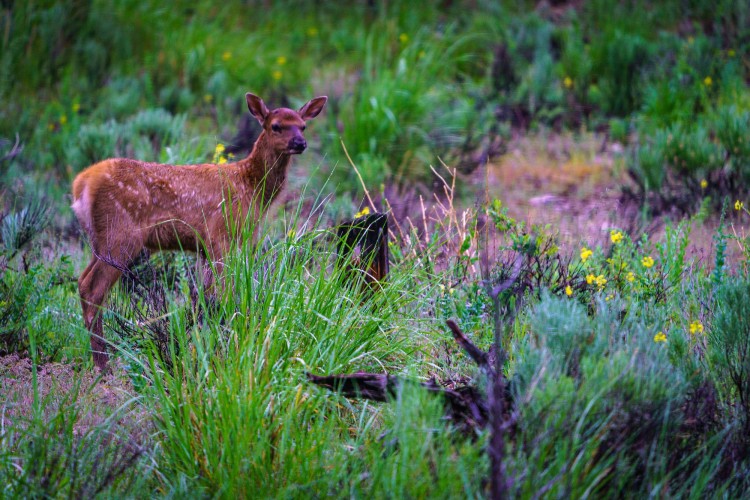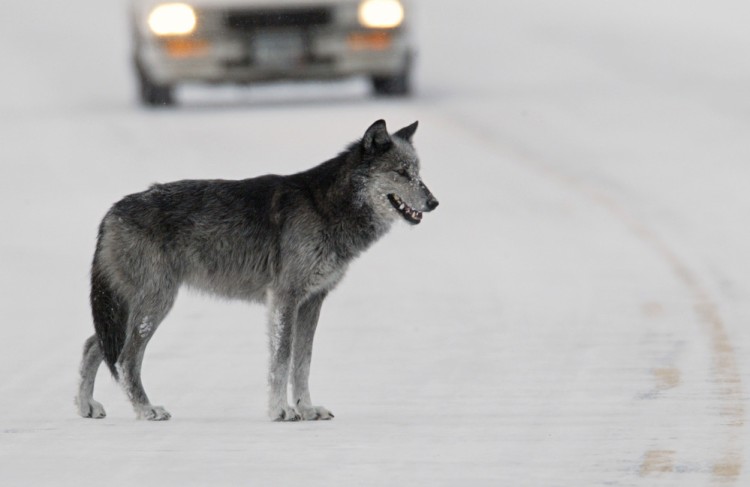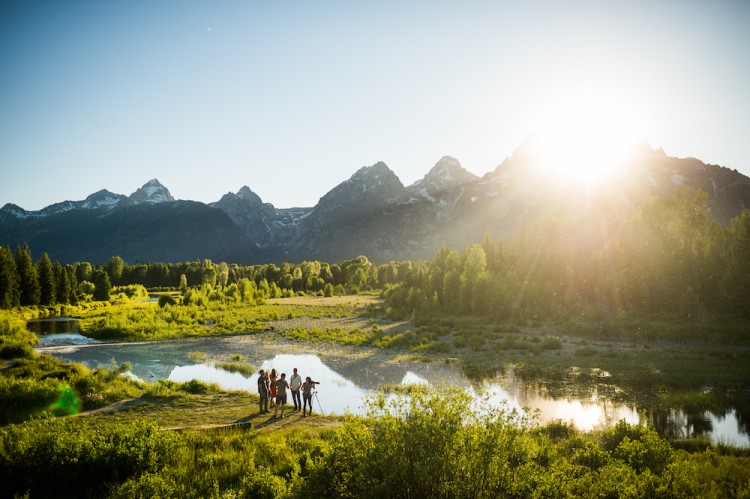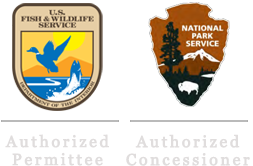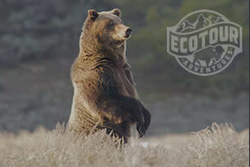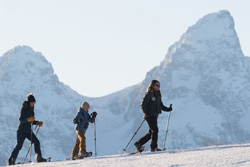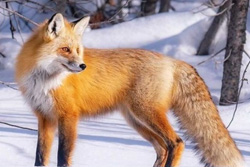25 Years of Wolves in Yellowstone
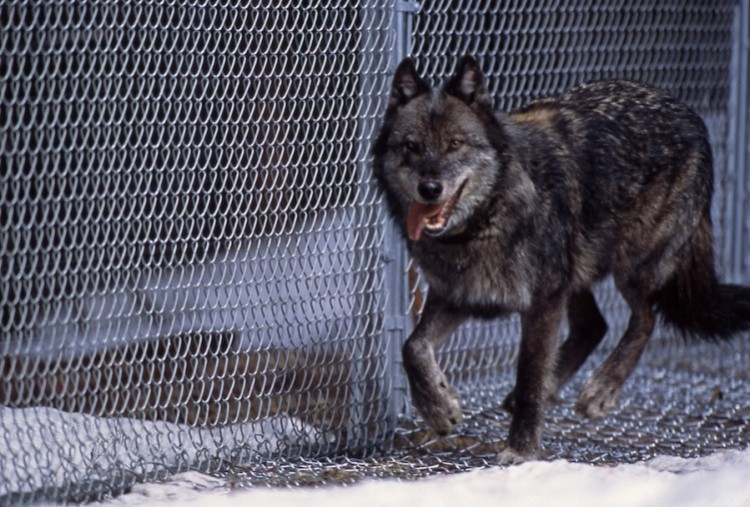

Celebrating the 25th anniversary of Yellowstone Wolf Reintroduction in 1995
“We reached the old wolf in time to watch a fierce green fire dying in her eyes. I realized then, and have known ever since, that there was something new to me in those eyes—something known only to her and to the mountain. I was young then, and full of trigger-itch; I thought that because fewer wolves meant more deer, that no wolves would mean hunters’ paradise. But after seeing the green fire die, I sensed that neither the wolf nor the mountain agreed with such a view.” — Aldo Leopold, A Sand County Almanac, 1949
It’s been over 70 years since celebrated conservationist Aldo Leopold mused on the systematic eradication of wolves from the lower 48 states. Beginning in the late 1800’s even Yellowstone National Park supported predator eradication and by 1926 the last wolf had been hunted out of the park. It would take decades for the ‘fierce green fire’ to return. Why were wolves eradicated, why did it take 70 years to undo that mistake, and where do we stand today, 25 years after the wildly successful reintroduction of wolves to Yellowstone? (Feature Photo: Wolf Number 9 NPS Photo)
The Howl of Wolves Vanishes from the Wildest Country in the Lower 48 States
Imagine for a moment a vision of the western United States as Lewis and Clark saw it. Traveling up the Missouri River through present day South and North Dakota, and into Montana, thick herds of bison coated the landscape, followed by lumbering grizzlies and packs of wolves. Elk, deer, and pronghorn also roamed this open country, and the expedition encountered bighorn sheep in the Upper Missouri River Breaks. The 1804-1807 expedition was a precursor to westward expansion, and the rapid growth, and unregulated hunting which followed would lead to the disappearance of much of the wild wealth they encountered.
By the time Yellowstone National Park was founded in 1872, the great herds of the plains were in steep decline, the remaining big game would find refuge in the rugged mountains of places like Yellowstone country. As wildlife enthusiasts scrambled to save what was left, they enacted strict laws regulating the take of wildlife, even enlisting the US military to police Yellowstone. The Park, though originally established to protect the thermal features like Old Faithful and Grand Prismatic Spring, would become a refuge some of the last great herds of elk and bison.
“Fewer wolves meant more deer, and more deer meant a hunters paradise” - Aldo Leopold. The recovery of America’s big game also included government sponsored extermination of predators, including inside the National Parks. Foxes, bobcats, coyotes, mountain lions, and wolves were all hunted, trapped, and poisoned by private citizens and government agencies alike. By 1926, the last Yellowstone wolf had been exterminated. The landscape had been sterilized of it’s wildness.
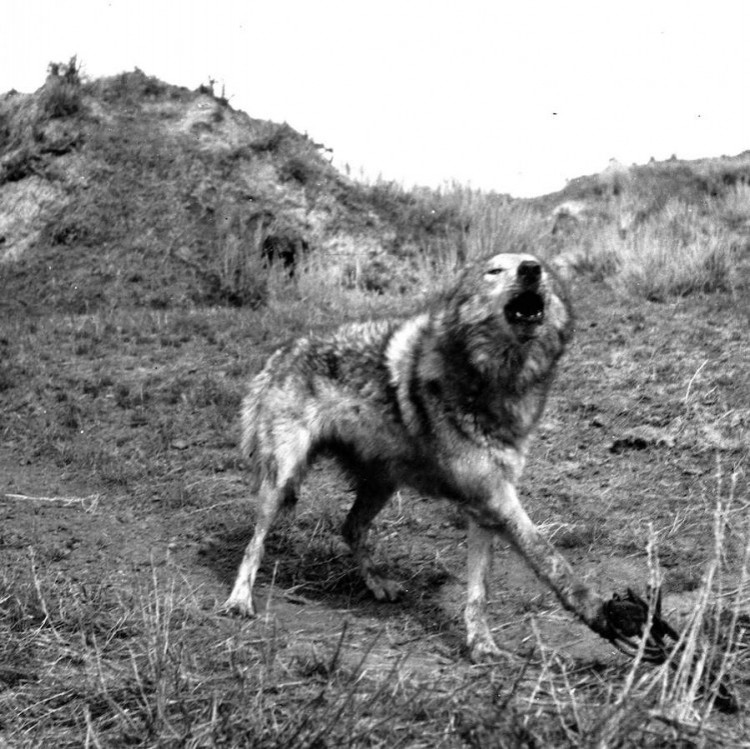
A Sterilized Yellowstone Begins to Recover
The recovery of Yellowstone’s wildlife would take decades. From a population of around 23 animals, bison have since grown to over 4000 today, a recovery so successful the park and the Park Service now must quarantine or cull hundreds of the animals annually.
Similarly, Yellowstone’s elk herds surged in population, so much so that the National Park Service captured, relocated, and culled thousands of animals throughout the early and mid 1900’s as the landscape struggled to sustain a population well above carrying capacity.
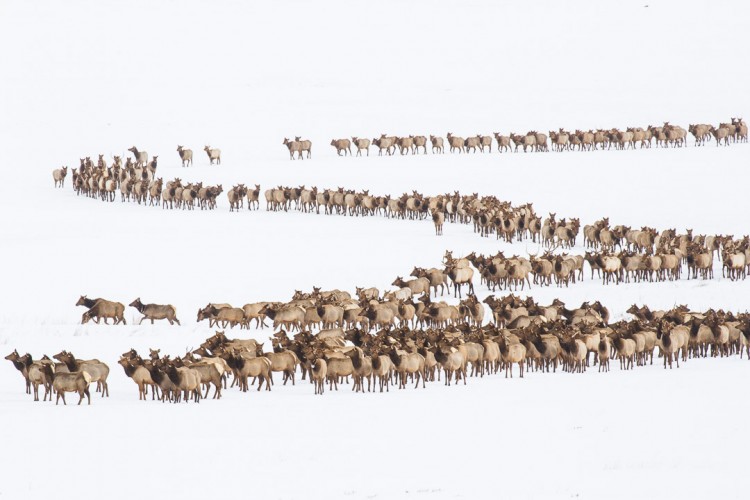
As Leopold and other ecologists observed the rapid changes impacting the now predator free landscape, an increasing call was made to return wolves to places like Yellowstone. The National Park and surrounding National Forests represented some of the most remote wild landscapes in the lower 48 states, meaning conflicts with ranching and other human activities would be minimal, giving wolves a good chance to persist.
“Probably every reasonable ecologist will agree that some of them should lie in the larger national parks and wilderness areas; for instance, the Yellowstone and its adjacent national forests” - Aldo Leopold 1944
Wolves Return to Yellowstone National Park
It would take decades of discussion before a landmark environmental law would pave the way for wolf reintroduction. In 1973 the Endangered Species Act was passed by a widely bipartisan margin, and wolves were soon listed as a endangered species due to human caused extermination. With recovery mandated by the ESA, The US Fish and Wildlife Service was directed to identify suitable habitat for reintroduction, and Yellowstone quickly rose to the top of the list. With approval to return wolves to Yellowstone, the recovery team headed to Western Canada targeting wolves who were already accustomed to hunting elk and bison, which would be their dominant prey species in Yellowstone.
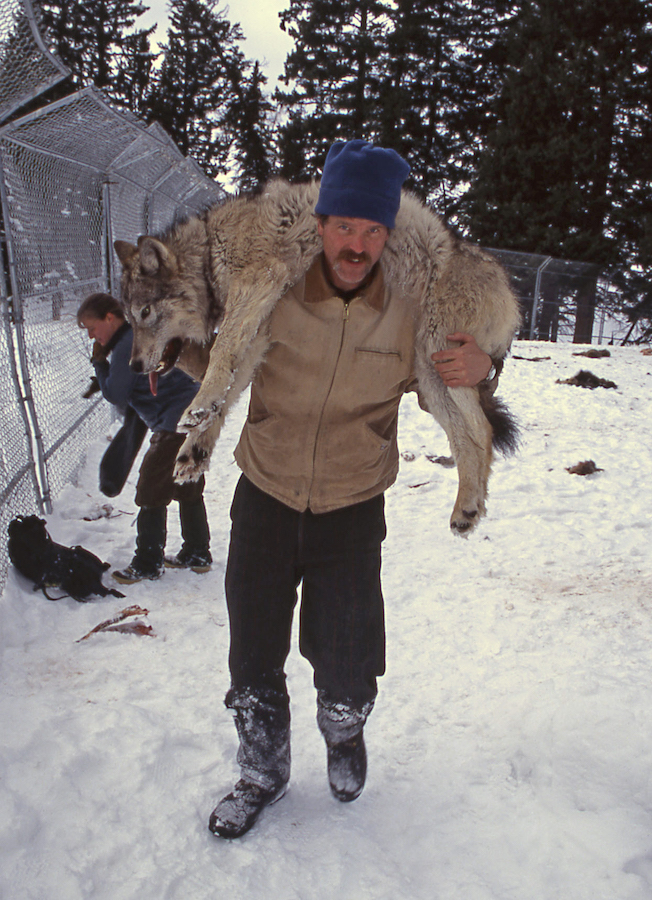
Wolves in Yellowstone would be given a “soft release” meaning they would first be released into pens in the park to get used to their new surroundings before the pens were opened. Biologists hoped that by acclimatizing the wolves, they would be more likely to stay in the park. Wolves can travel 40 miles in a single day, and have moved over 1000 miles in less than a year in search of territory before. The strategy largely worked, and in March of 1995 the first wolves in 70 years had returned to Yellowstone National Park.
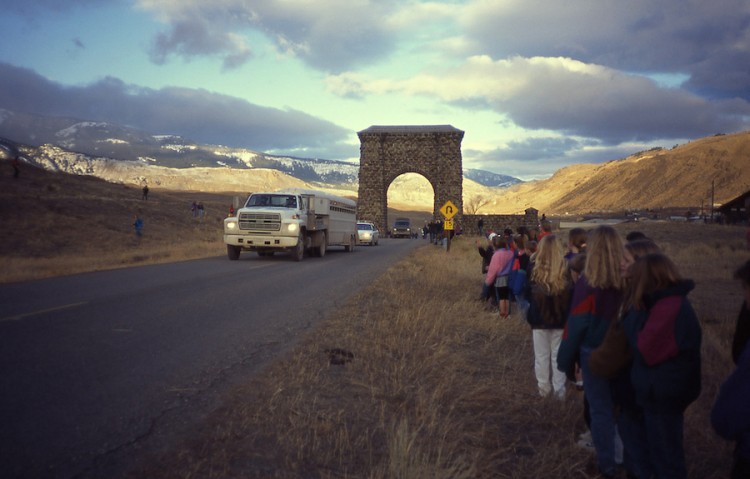
25 Years of Wolves in Yellowstone
25 years later, the Greater Yellowstone Ecosystem stands as one of the last relatively intact temperate ecosystems left on Earth. Conservationists, using GPS technology, have identified some of the worlds longest ungulate migrations, letting deer, elk, and pronghorn show us ancient paths which stretch hundreds of miles across the landscape. Grizzly bears, another early species listed on the ESA in the 1970’s, are showing signs of recovery and expanding their ranges to new habitats each year.
25 years after reintroduction, elk populations in Idaho, Wyoming, and Montana remain strong, at numbers higher in many areas than before reintroduction according to the State Wildlife Agencies who manage them. Human hunting of elk, a core aspect of the western identity, remains strong with higher harvest rates today than were seen 1995 as well.
Fears from the ranching community about Yellowstone wolf restoration and it’s subsequent impacts outside of the park have shown to be overblown as well. As a whole, predation represents a tiny fraction of livestock losses, though individual growers have been adversely affected. In most cases the producers are compensated for these losses, and numerous non-lethal methods exist to reduce predation in an effort to find coexistence.
As for wolves? Biologists continue to study wolves in Yellowstone 25 years later, one of the longest ongoing studies in the world. (learn more about what they've learned here!) The wildly successful reintroduction efforts led to delisting from the “endangered list”, and wolves in the Greater Yellowstone Ecosystem outside of Yellowstone and Grand Teton National Parks are now managed by state wildlife agencies. Take one look at a wild Yellowstone wolf and you will see an animal who refuses to be tamed. The “fierce green fire” which Aldo Leopold reflected upon decades ago still burns brightly, as this iconic species continues to spread, returning wildness across more of its historic range.
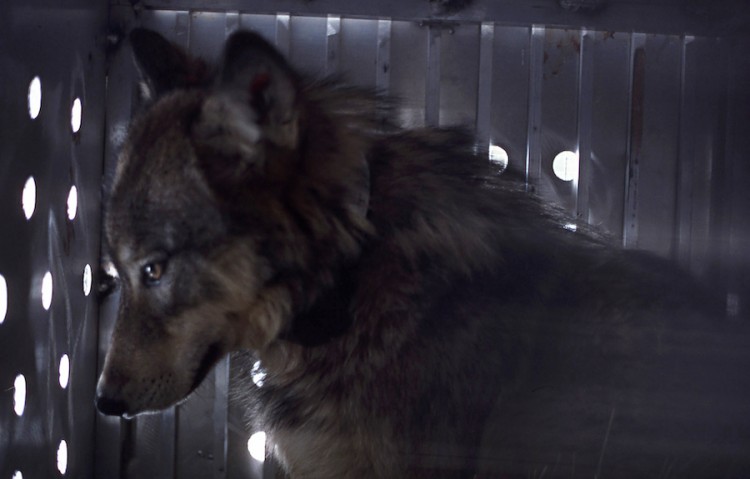
Wolves from the Yellowstone area have dispersed to the Grand Canyon in Arizona, some 800 miles to the south. Most recently, a collared wolf from the Snake River Pack was identified in Northern Colorado. Along with other wolves who have recently been documented in the state, hopes for the return of wolves to Colorado are rising, the state votes this year whether to assist wolves with that long awaited return.
Update November 2020 - Colorado Voters approved Proposition 114, which directs Colorado Parks and Wildlife to establish a sustainable population of wolves in Western Colorado.
We’re thrilled for the opportunity to share the diverse wildlife of our National Parks, including wolves, with over 7000 guests annually. Wildlife watching in Wyoming is a critical part of the Wildlife Recreation Economy, generating over half of the billion dollar annual economic impact. Hunting and fishing, both compatible industries, generate the remainder.
Learn More about our 2021 Winter Wolves and Wildlife of Yellowstone Tours Here!
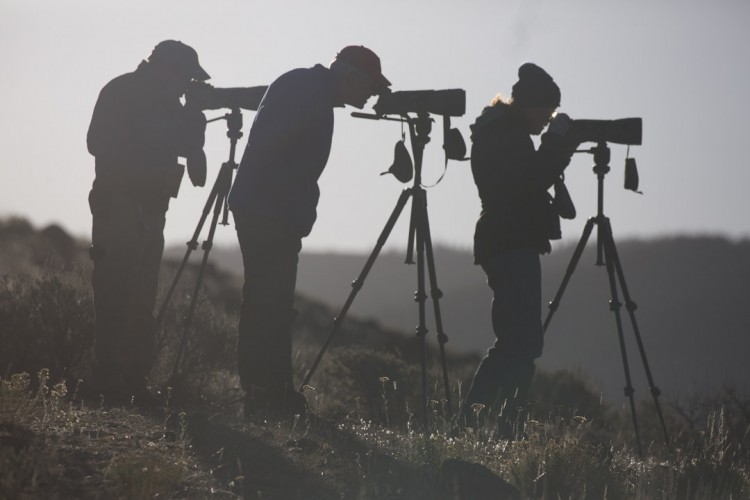
Yellowstone Wolf Watching. A University of Montana study found that over 150,000 people annually visit Yellowstone just to see wolves, generating an estimated $35 million in economic activity to surrounding communities. Photo by Naturalist Josh Metten
Untameable Wildness
We will never again see the wild country which Lewis and Clark observed as their expedition ventured across the western US. Yet in some places, though we may be surrounded by civilization, an untameable wildness persists. Yellowstone country is one such place thanks to the return of wolves. We’re thankful for that moment, those many years ago when Aldo Leopold was transfixed by the “fierce green fire” of a wolves’ eye, and he had the courage to ask “Are we really better off without wolves in the wilder parts of our forests and ranges?”
We hope you enjoyed reading this article about the 25th anniversary of the successful reintroduction of Yellowstone’s wolves. Please help us spread the word by sharing it with friends, and drop us a message at info@jhecotouradventures.com
Want to see Yellowstone's Wild Wolves for yourself? Join us here.
Josh Metten is a Senior Naturalist and Photographer with Jackson Hole EcoTour Adventures.
Learn more about our wildlife tours of Grand Teton and Yellowstone National Parks, including our Winter Wolves and Wildlife of Yellowstone Multi Day Expedition here.




